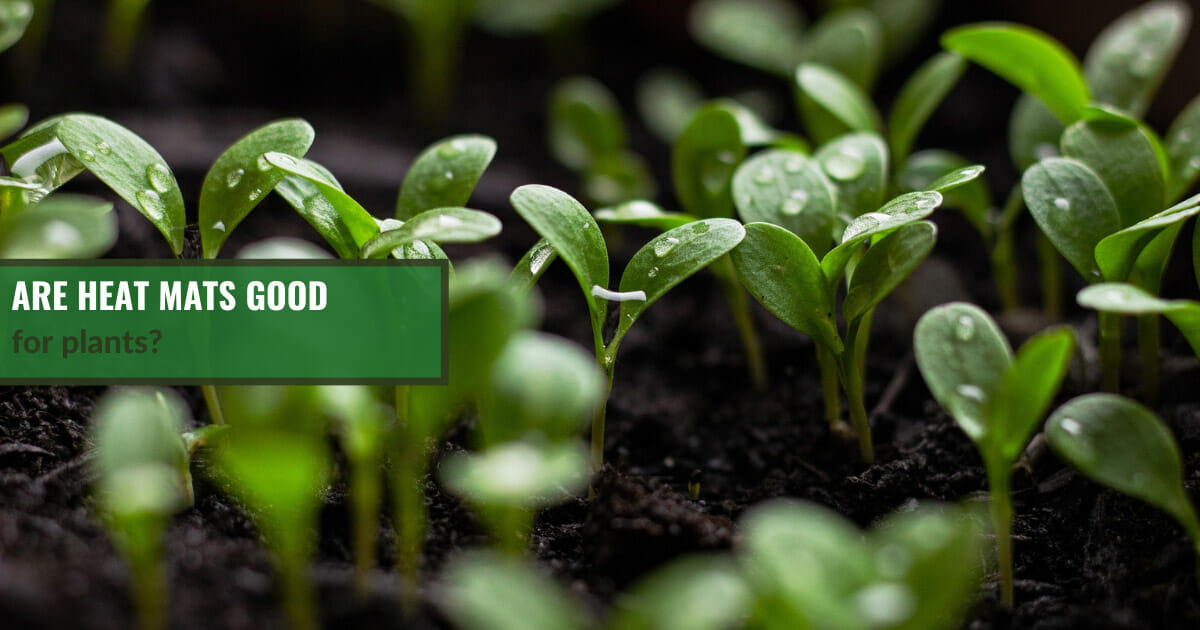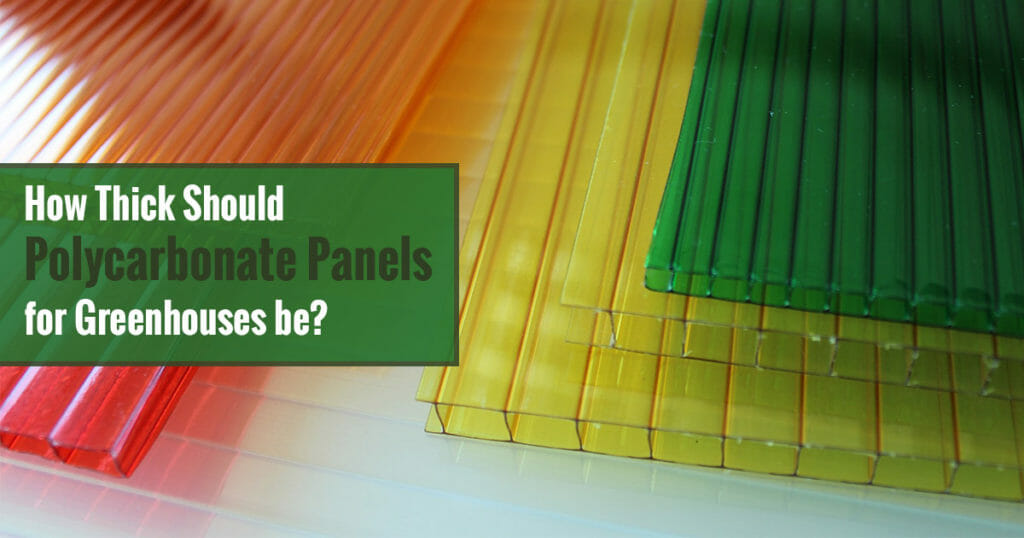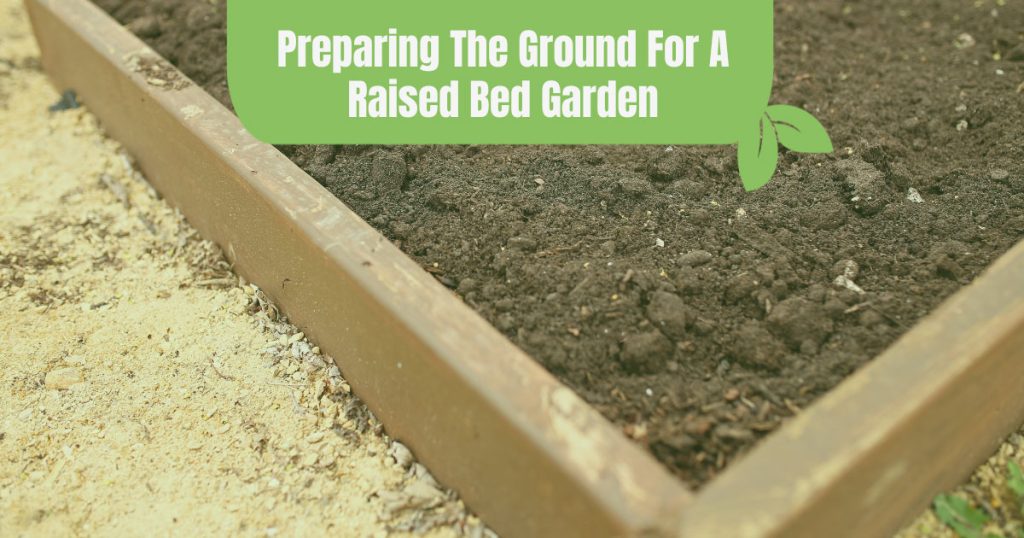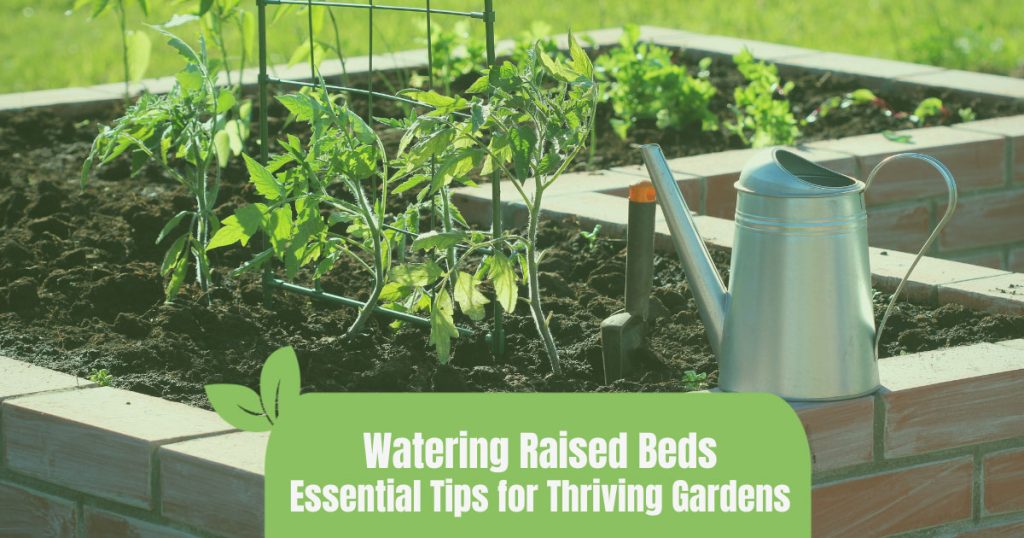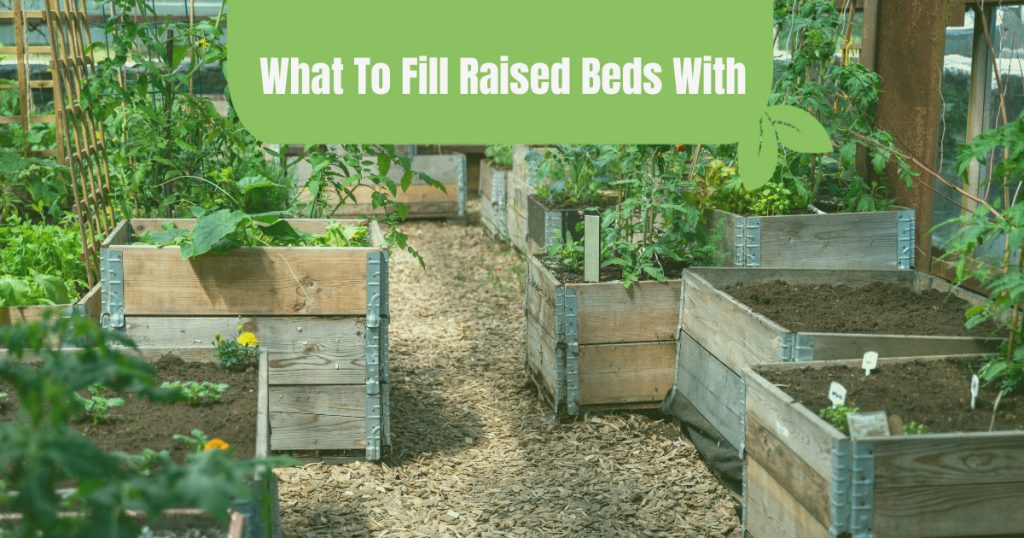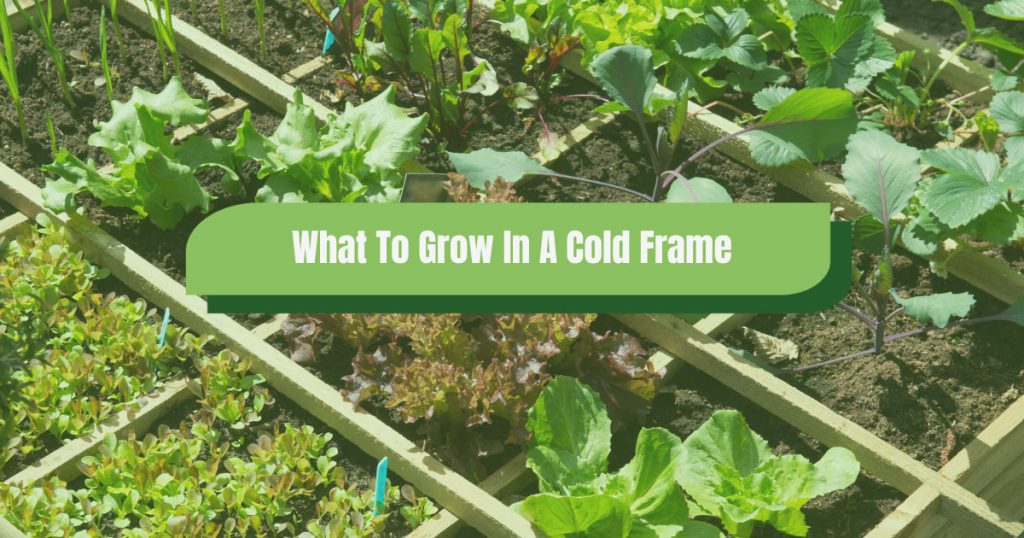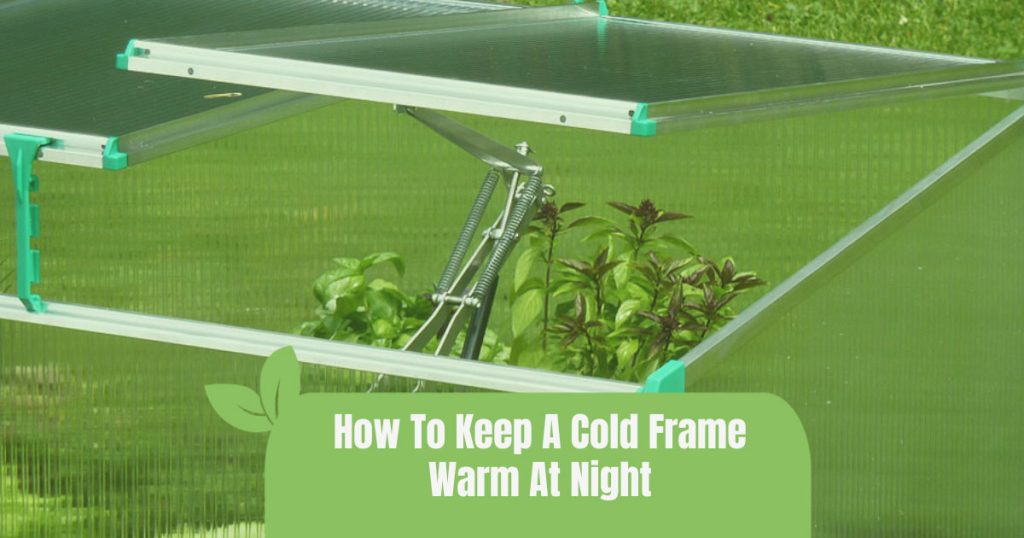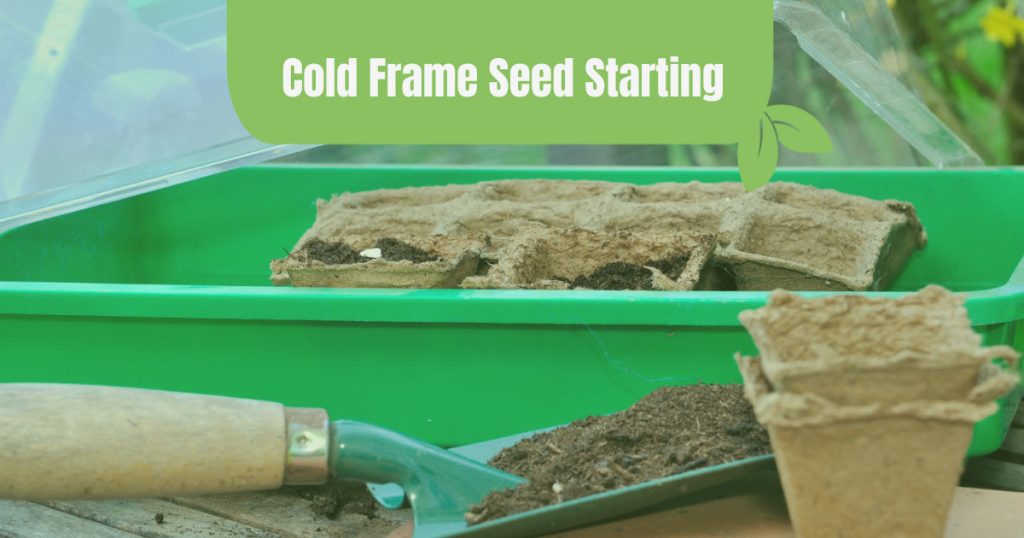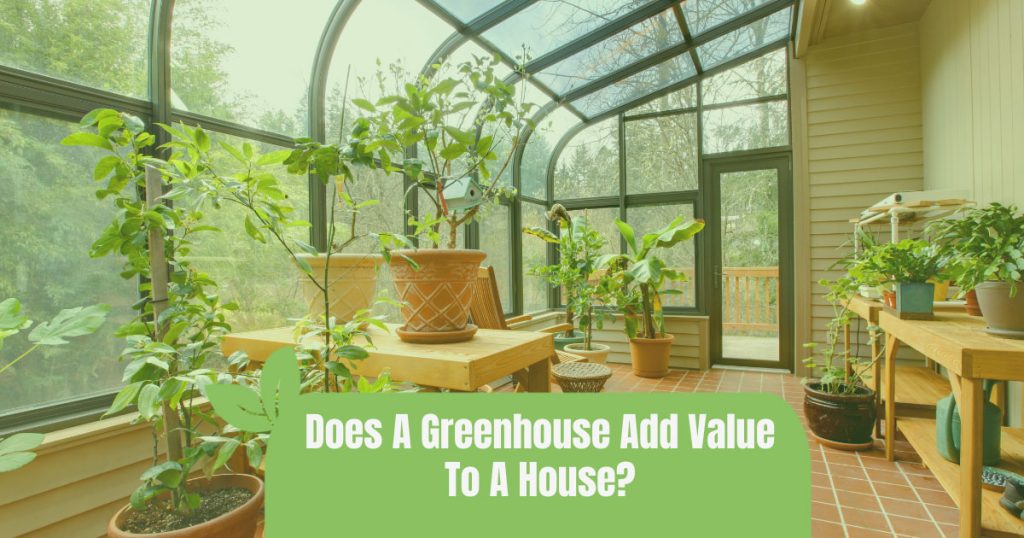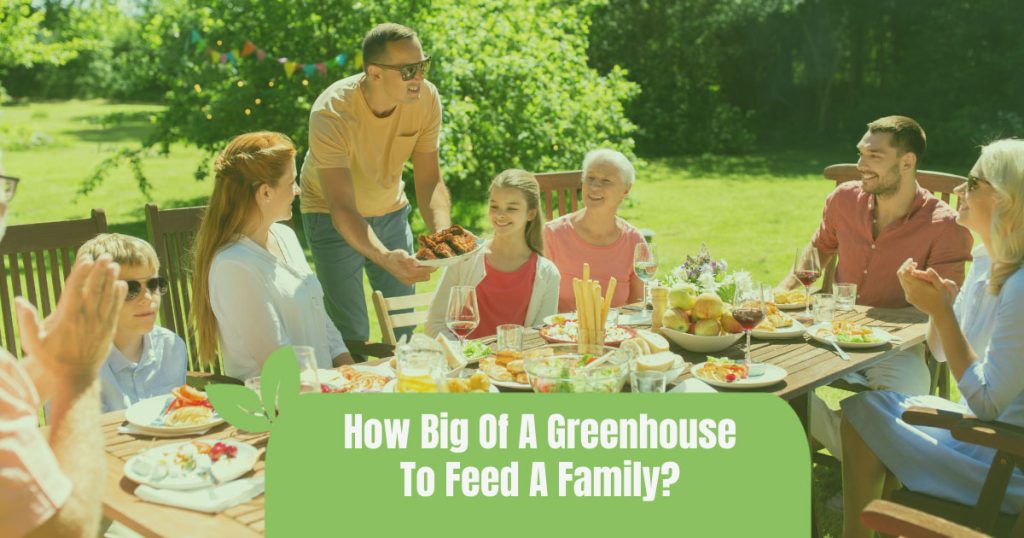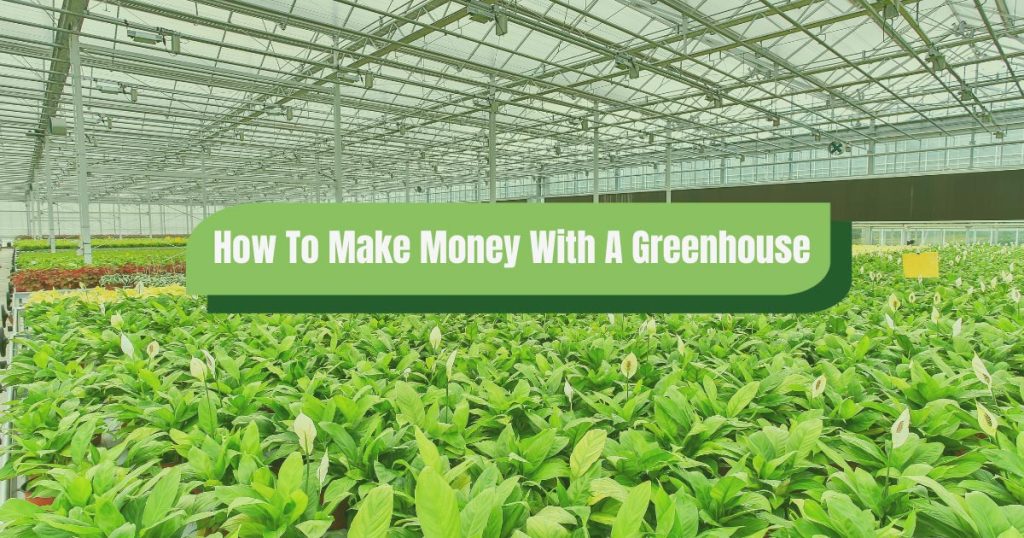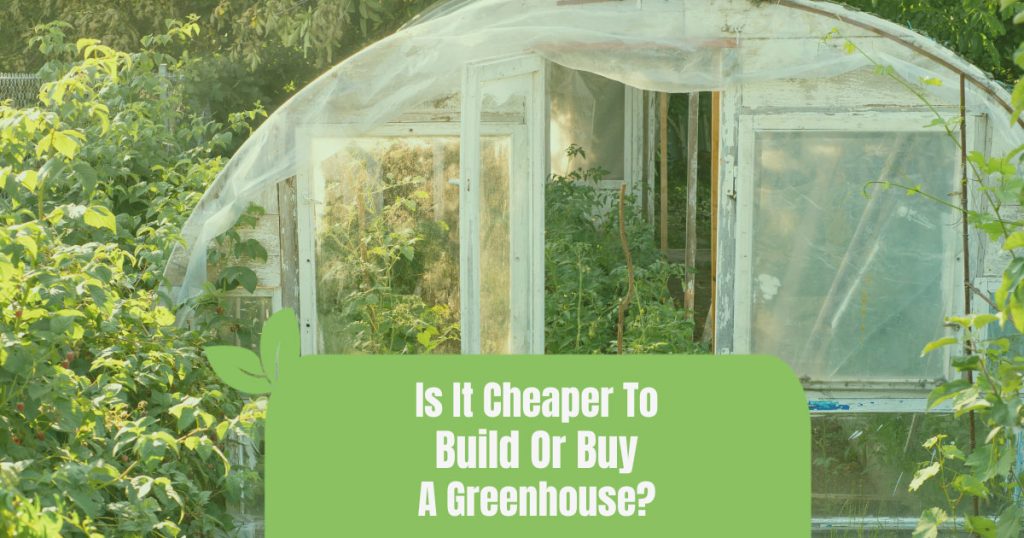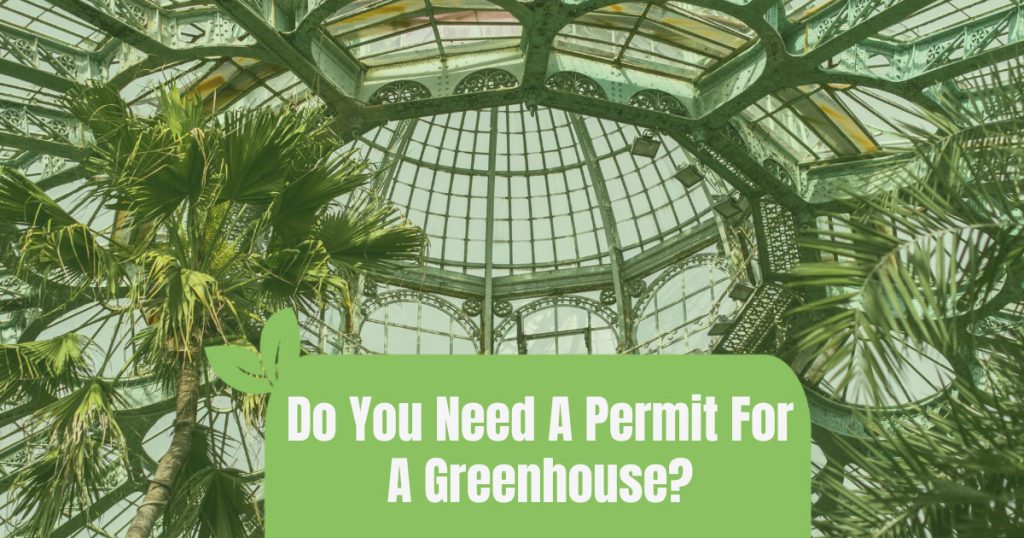

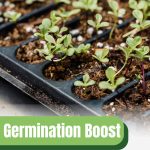
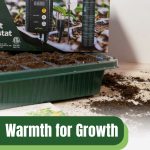
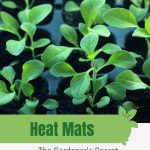
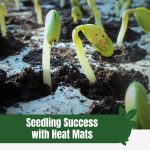
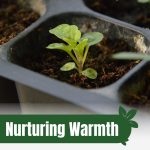
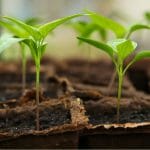
Growing plants from seed can be a real challenge in winter. Unless you find a way to increase the soil temperature, your seeds can fail to germinate and tender seedlings can fall prey to fungal diseases. A cheap and efficient way to prevent these problems is to use heat mats.
Also known as propagation or seed-starting mats, heat mats have several benefits for your plants. They improve germination rates and also help cuttings root faster. If you’re growing warm-weather crops, they can help extend your growing season by several weeks or more.
Heat mats are a beginner-friendly gardening tool available in a diverse range of sizes and features. They’re fairly inexpensive, easy to use, and will last you a long time. And if you’re planning to create an ideal environment for seed germination, they’re definitely worth buying.
How do plant heat mats work?
Heat mats are made out of a heating element wrapped inside a foldable, water-resistant plastic layer. When plugged in, they produce infrared radiation that warms up the air around them by 10-20°F.

To use them for your plants, simply put a seed propagation tray on top of a heat mat. As the mat warms up the soil, it will reach the optimal seed germination temperature for the type of plant you are growing. Some seeds can sprout in cool temperatures, but most plants prefer soil temperatures of at least 65-70°F.
You can also use heat mats to propagate cuttings or grow microgreens. Waterproof models can even work well for hydroponics.
Some heat mats can reach temperatures up to 110°F. While this is too hot for most plants, you don’t have to worry about the heat mat melting or catching fire.
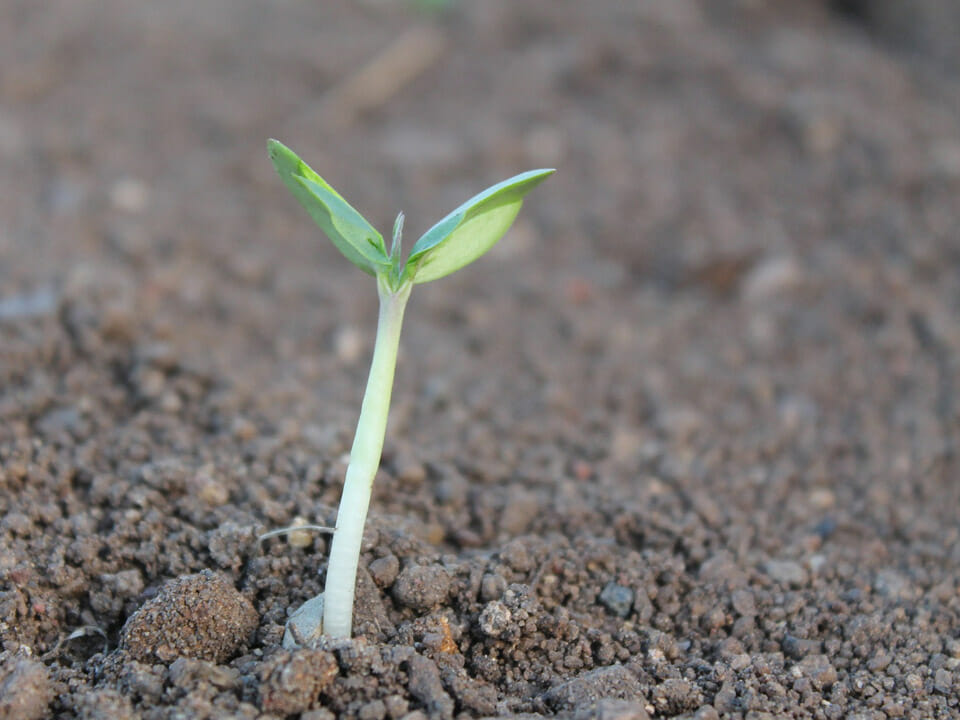
Which seeds need heated grow mats to germinate?
The seeds of warm-season crops and heat-loving plants need warm temperatures to germinate. Crops such as peppers, eggplants, tomatoes, melons, and cucumbers grow best in soil temperatures ranging from 65-85°F and would benefit from a heat mat.
High temperatures (up to a point) will encourage the seeds to sprout faster and lead to better germination rates. Click here to learn more about how different soil temperatures affect the number of days needed for seeds to sprout.
Other plants that need warm temperatures for seed germination include bamboo, citrus trees, most flowering annuals (such as zinnia or lobelia), tropical crops such as okra or luffa, and exotic ornamentals such as philodendrons, orchids, anthuriums, and cacti.
Benefits of using heat mats for plants
Seed-starting mats have several benefits not just for your plants, but also for you. Let’s start with the most obvious one:
You can sprout seeds even in an unheated space
Heat mats are a fantastic way to start seeds early in an indoor space that has little to no heating. You can use them in a garage, a cellar, an unheated greenhouse, or any room that’s a bit cooler than the rest of your home.
The mats can increase the air temperature around your seedlings by 10-20°F. This will help you germinate seeds even if the air temperature in a room is only 50°F, though they can be used even in a heated room, especially to germinate warm-season plants.
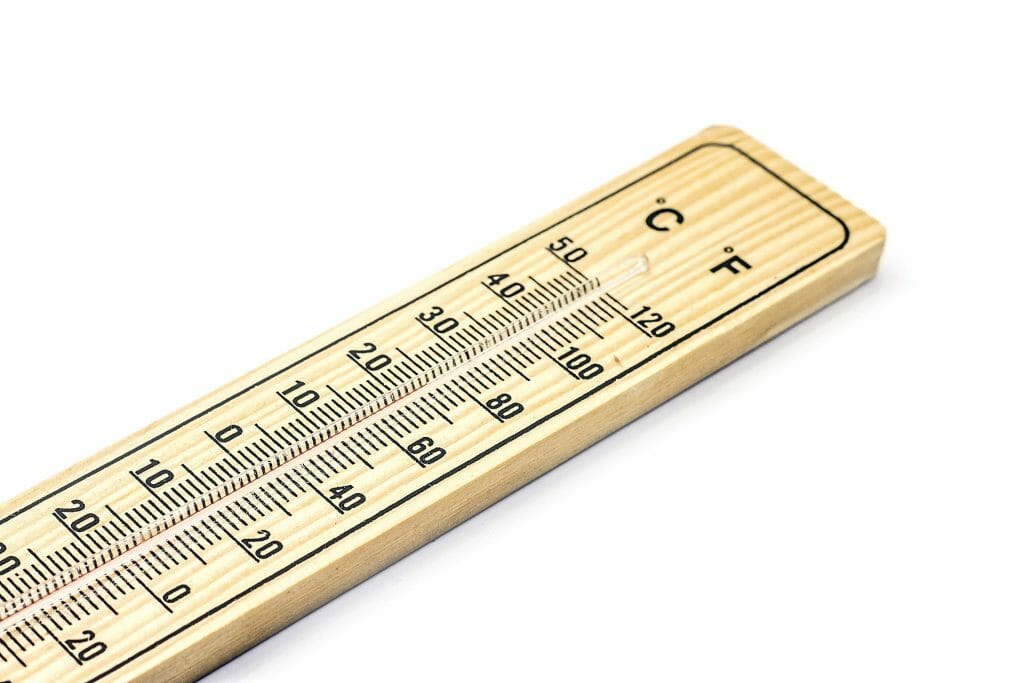
Reduce plant growing times by several weeks
If you live in an area with a short growing season, you’ll want your seeds to sprout as soon as possible. By keeping the soil at a warm, consistent temperature, a heat mat will drastically reduce seed germination times.
For example, the minimum temperature for germinating tomato seeds is 50°F. At that temperature, the process can take up to 43 days. But if you can increase the soil temperature to 77-86°F, you’ll get seedlings in just 6 days. That will reduce the time needed to grow tomatoes by over 5 weeks! The easiest way to achieve this result is by using a heated plant mat.
Reduce the risk of damping off disease
One of the biggest threats to seedlings is damping off. This fungal disease is very difficult to treat, and it’s common if you’re germinating seeds in cool and damp conditions.
However, using a mat set to a temperature of 70-75°F can protect your seedlings by keeping the soil warm and speeding up germination, getting your seedlings past their vulnerable stage faster.
Help cuttings develop their roots faster
When ambient temperatures are cool, plant heat mats promote healthy root growth, and also increases the chances that all your cuttings will develop roots in the first place.
If you’re using cuttings to grow herbs, trees, shrubs, or even indoor plants, a grow mat can help speed up the process. Simply put your propagation container on top of the mat and watch your cuttings root faster than ever.
How to use a heat mat for seed germination
Seedling heat mats are incredibly easy to use. To start, unroll the mat, place it on a flat, dry surface, and plug it in. After planting your seeds, take your seedling or plug tray and place it on top of the mat. If your mat has a thermostat, put the temperature probe inside the soil, then set the temperature on the thermostat.

Once your seedling tray is on the mat, it’s important to keep the soil moist but not soaked. The heat pad can make the water from the soil evaporate faster and, since most seedling trays or plug cells are quite small, the soil in them can dry very quickly. If the soil dries out completely, the seeds may fail to germinate.
Most manufacturers also recommend covering your seedling tray with a transparent plastic dome. This will help maintain a steady temperature as well as increase humidity, which improves germination rates and helps keep the soil moist.
How long should a heat mat be on?
You can leave the heat mat on for 24 hours a day from the moment you turn it on until your seeds start germinating. Yes, that means you can leave it on all night without any worry. Depending on the type of seeds you’re growing, you’ll need to keep the mat on for anywhere between 3 and 14 days, or until most seeds have germinated.
Manufacturers recommend unplugging your heat mat when about half of the seeds have sprouted. If you still have some seeds that haven’t germinated, you can remove and repot the sprouted ones, and leave the rest on the mat until seedlings emerge.
Do heat mats use a lot of electricity?
Most plant heat mats use just 20 watts, although larger models may use up to 60 watts. You can check the product specifications before buying them. Generally, a regular 20.75″ x 10″ mat doesn’t use much electricity, so keeping it turned on all the time is not expensive.
When should you not use heat mats?
Despite their versatility and benefits, heat mats can actually harm your plants if you don’t use them correctly. Here are three cases in which it’s best to avoid using them:
Avoid using them for cool-weather crops
Many cold-weather crop seeds can germinate at 40°F. Leeks, garlic, spinach, and lettuce can germinate in temperatures as low as 32°F. Using a heat mat for them is unnecessary and not recommended, unless ambient temperatures are around freezing.
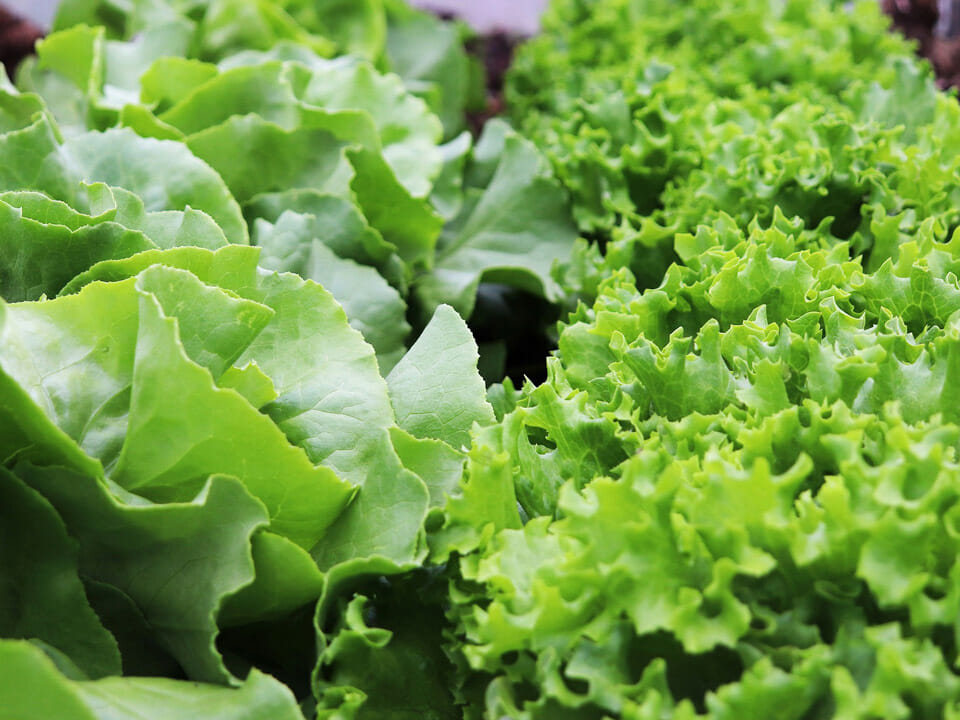
Cool-season plants generally prefer lower soil temperatures for germination and growth. Placing them on a heating pad will trigger a growth spurt that makes the seedlings grow too fast, without enough time to fill out. This will make them look thin and bare, as well as weaken and make them more vulnerable to pests and diseases.
To germinate cool weather plants, simply start them indoors without a heat mat. You can also start them in most unheated greenhouses without a heat mat, but check your thermostat to make sure the temperature doesn’t drop below freezing.
Avoid using heat mats for long-term growing
Seed-starting mats work best when you use them to germinate seeds, not to grow seedlings for a longer period. Always remove your seedling trays from the mat as soon as the seeds have germinated.
If you’re growing warm-season crops, you can get away with keeping the seedlings on the mat for a few more days, or until they develop a pair of true leaves. But the longer you keep them on the heat pad, the more you increase the risk of your seedlings becoming leggy.

Avoid using for plants in containers
Heated grow mats are not ideal for potted plants. For starters, the indirect heat coming from the mats is not strong enough to keep large pots or containers warm. In small containers, the mat can dry out the soil too fast, which can lead to dry root rot.
In the worst case, the combination of high soil temperature and moist soil can increase the risk of root necrosis and diseases such as Phytophthora root rot.
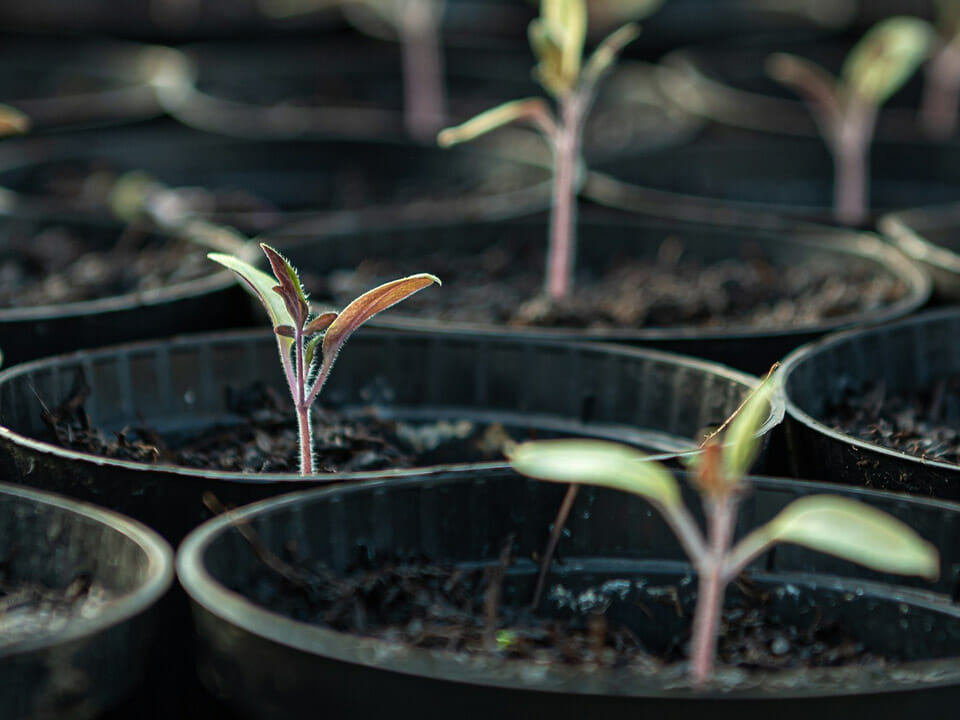
What can you use instead of heated grow mats?
There are a few alternatives you can use for your plants if you don’t have a seedling heat mat, but still need to increase soil temperatures to aid germination.
The cheapest option is to simply start seeds indoors, on top of a fridge, cabinet, wardrobe, or even just a kitchen counter near a heat source. Your home should be warm enough to promote seed germination even in winter. Though this might be slower than when using a heat mat, you can compensate by simply planting your seeds earlier than planned.
You can also use an alternative heat source for your seedlings, such as a radiator, a heating vent, heat cables, a heat lamp, or rope lights. If you have a knack for DIY projects, you can even make your own incubator chamber or heat box.
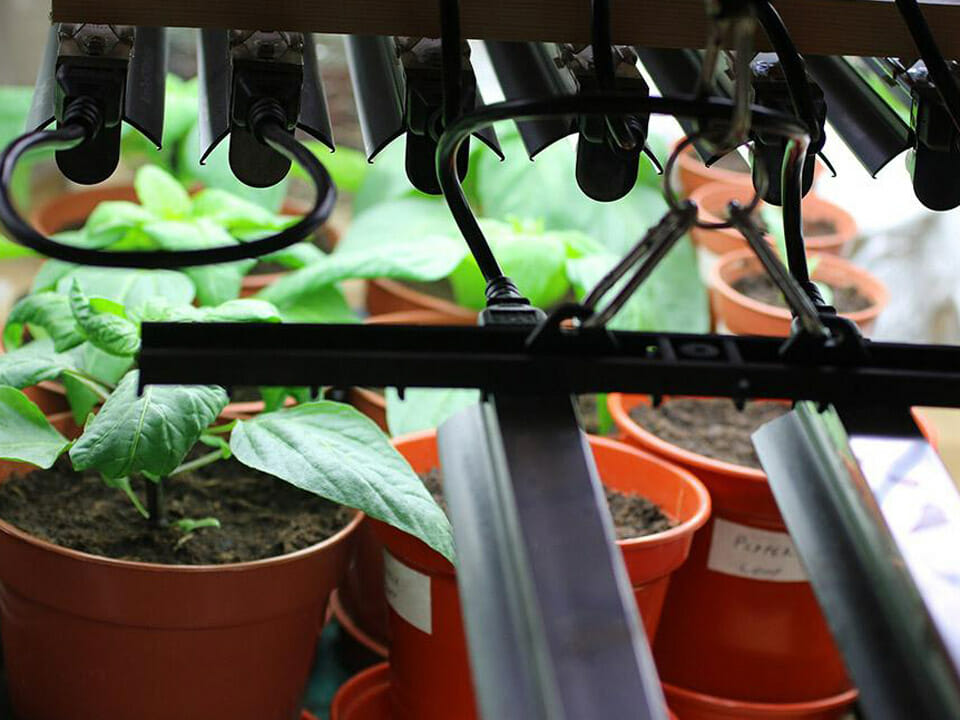
Realistically, though, your best option is to either buy a heat mat or not use one at all and germinate seeds at room temperature. Other heating options and DIY alternatives are not as efficient and can be more expensive.
A basic seed-starting heat mat, on the other hand, usually costs around $30, uses very little electricity, and will help you grow plants faster for many years. If you can afford it, consider spending an extra $10 to buy one with a thermostat, so that you can have even better control over the soil temperature.
Are heat mats better than heat lamps?
Both heat mats and heat lamps can be used to provide extra warmth for your plants, but there are a few key differences between them.
Heat mats are better for germinating seeds and propagating cuttings. They’re also cheaper and use less energy. Meanwhile, heat lamps provide your plants with heat as well as light. They work best for plants that need a very warm growing environment, but they can reduce humidity and burn the foliage if placed too close to the plants.
Whichever option you use to start your seeds, keep in mind that seedlings will need plenty of light for healthy growth. At this stage, it might also be worth looking into finding the right set of grow lights for your greenhouse plants.

